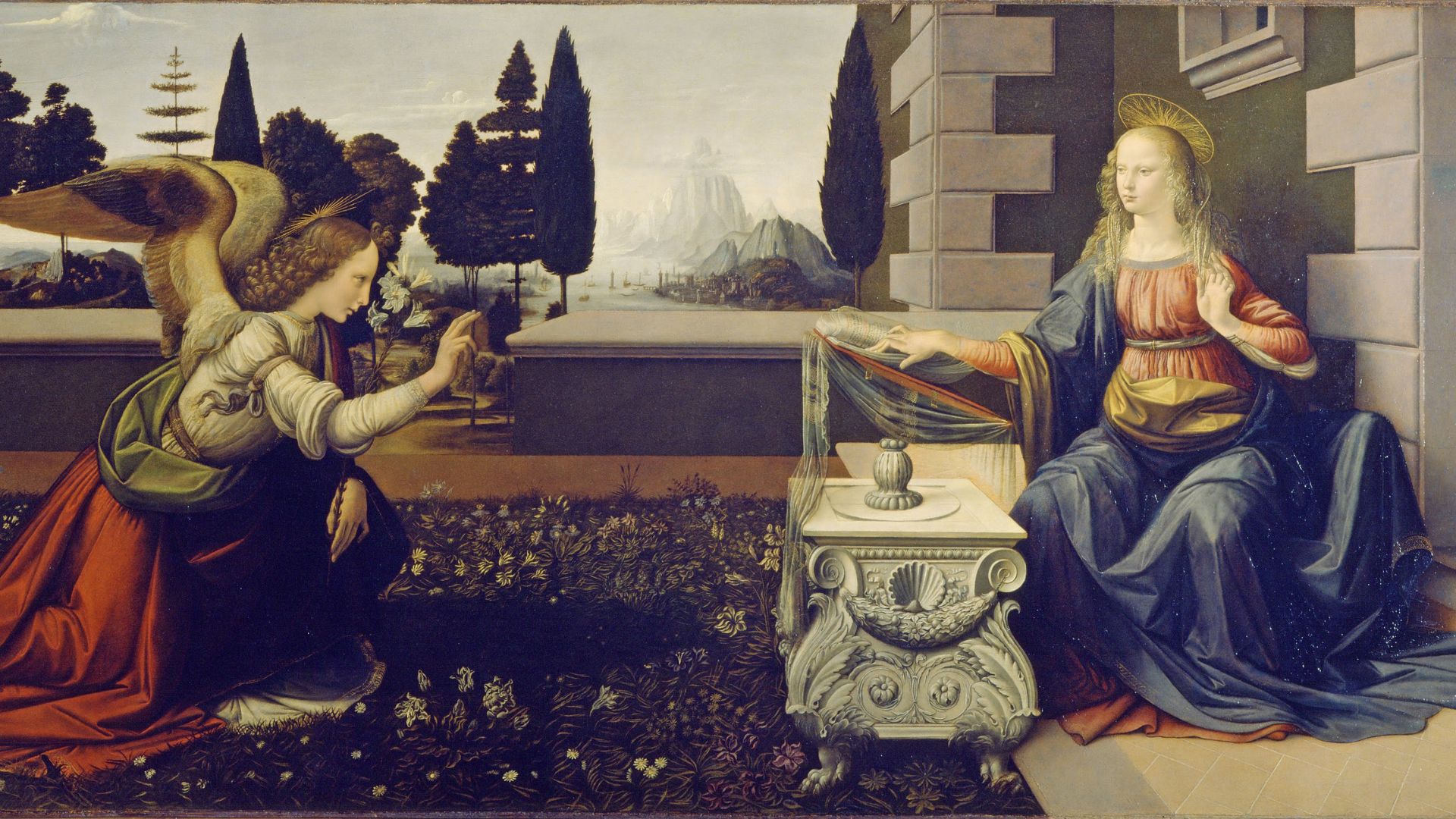Italy’s ministry responsible for regulating the nation’s museums has asked its institutions to put a temporary halt on minting contracts with NFT providers, according to an initial report from Artnet.
This comes in the wake of a colossal sale of an NFT of Michelangelo’s Doni Tondo by Florence’s Uffizi Gallery, for $241,540 (€240,000), in 2021 — which initially represented a significant new source of revenue for the Italian gallery. But all was not well with the deal.
The tech company that partnered with the gallery to generate the digital artwork raked in fees too high for the museum to make more than $70,500 (€70,000). This raises concerns about whether NFTs are truly the viable source of alternative income for museums that some have purported in the last year — and it seems, at least for now, Italy remains unconvinced.
Splitting the profits of NFTs
Cinello, a Milan-based tech company, organized the Uffizi sale — and was awarded a five-year contract to generate digital versions of art held in the Uffizi collection (Cinello specifically refers to the works as digital artwork, not NFTs).
Every digital artwork (DAW) created in the deal was certified on ETH and traded as NFTs along with Unit, a London-based contemporary art exhibition. These works were then compounded into editions of nine, and ranged in price from $114,000 to $284,000 (€100,000 to €250,000), according to the report.
The plan was for Cinello to share the proceeds with Uffizi. Each party would get 50 percent excluding production costs, said a spokesperson to Art Newspaper. But the costs — which included platform commissions, taxes, a frame, and a 20 percent operating fee — came to an incredible high of $100,631 (€100,000).
That’s enough to buy plenty of NFTs at initial offers. But not every NFT is tied to priceless art.
The Doni Tondo NFT was developed as a hybrid — an artifact of both digital and physical features, including a wooden copy of the original frame, plus a screen-and-chip treatment, where the copy of the digital work was stored like any other NFT.
But public scrutiny mounted in response to a May report from Italy’s La Repubblica that questioned who owns the digital rights to Michelangelo’s work. Eike Schmidt, Director of Uffizi, conceded that the museum hadn’t fully structured its deal in anticipation of the complexities of the NFT. “It’s fundamental to inform yourself not only from a technical point of view, but also from a legal point of view,” Schmidt said in the report.
Italy: Can NFTs be restructured into ‘Digital Artworks’?
Indeed, “certain platforms where you register ownership may not give sufficient guarantees, and you risk losing everything,” added Schmidt. And when it comes to timeless works of art, Italy has a lot to lose.
“Basically: do we not risk losing control of our heritage,” read a lengthy statement from Uffizi in Art Newspaper. “In reality, [existing laws] give punctual and precise answers to those questions long before the invention of the technology in question, i.e., the Ronchey law of 1994, and again the Urbani code of 2004…. the rights [linked to the works] are in no way alienated, the contractor has no right to use the images granted for exhibitions or other unauthorized uses, and the assets remain firmly in the hands of the Italian Republic.”
Museums worldwide have launched campaigns in an effort to build new revenue streams for art on the back of NFTs. In London, the British Museum sold NFTs of JMW Turner and Hokusai works taken from its collection in a partnership with the French start-up LaColletion.io. But the details on the royalties from the deal — split between LaColletion.io and the British Museum — are still kept under lock and key.
Notably, an Uffizi spokesperson told Art Newspaper that the “museum didn’t sell anything but the use of the image — the DAW, the selling of the relative piece, is all [down to] Cinello. It is false to say that the museum sold the Tondo copy.” Cinello also distanced itself from the NFT term, doubling down on construing its offerings as patented technology (registered in Italy, the U.S., China, and Europe) “that enables the digitization of the works of art from our partner museums to provide new sources of revenue.”
It’s important to remember that the NFT marketplace and digital works of art as a whole still represent a nascent market, one with the potential for both tremendous growth and unethical misuse. In light of this situation, museums will likely continue to seek new ways of sustaining a profitable revenue stream from the as-yet unregulated market.




